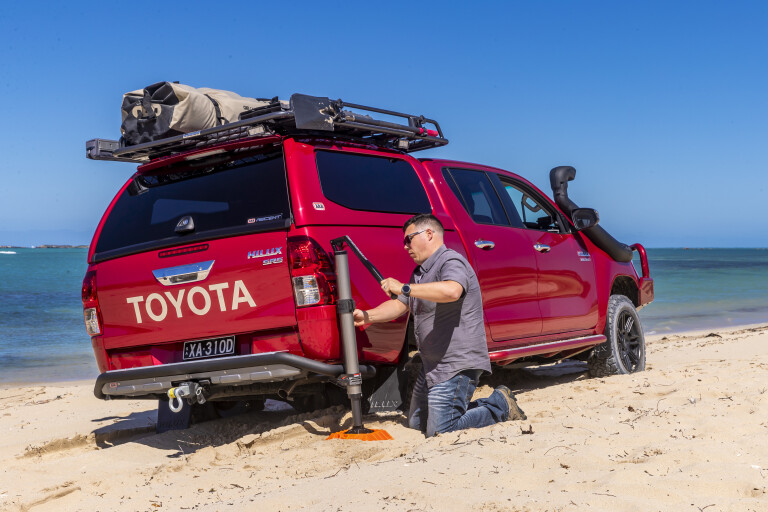
I took the high-lift jack off the Patrol the other day, after returning from a long desert and Cape York jaunt. It’s the first time I’ve removed the jack from its roof-rack mount in a year or two, maybe even more.
It’s not that I’m fed up with carrying it and not using it much (a typical lament about high-lift jacks from many I’ve heard), it’s just that I’ve come across a couple of better pieces of kit. But anyway, for a start, let’s go back to the basics.
JUMP AHEAD
Bottle jack
Most good 4WD vehicles come with a bottle jack for lifting a vehicle to change a tyre, and in most cases they are the basic screw-type jack that are simple, strong and reliable.
They aren’t particularly user friendly and the fold-in-half or two-piece handle that comes with them can be frustrating to use. Most people, from the short survey I did, carry more than one.
Still, they have a place in our tool kit even though one of the major disadvantages of a bottle jack – whether screw or hydraulic – is their height when depressed. They are often too tall to slide under an axle at the preferred spot when you have a flat tyre. At the other end of the game, their fully extended height often isn’t high enough to remove a flat tyre or fit a fully inflated tyre.
One thing you really need for a jack (of near any sort), for those situations off-road, is a jacking plate, which can be as simple as a piece of milled timber – say about 300 x 200mm and 15mm or so thick. Or you can buy a custom-made base plate that a bottle jack can lock in to. For years, I’ve just carried a piece of wood and it works fine.
Latest Gear Guides
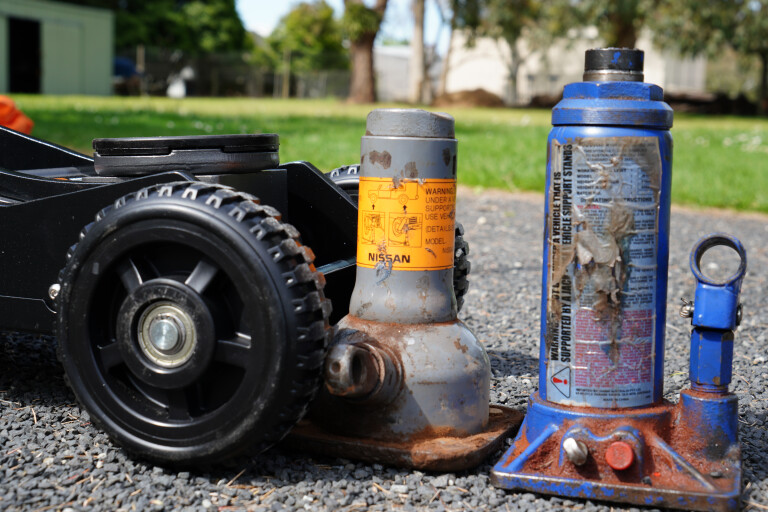
A lot of people (from the survey I carried out), myself included, have added a hydraulic bottle jack to their jacking repertoire. These jacks are easier to use than the screw-type jacks but after a few years use, they can leak fluid to the stage they can’t lift any heavy weights.
For the last few years, I’ve also carried a supplementary kit for my bottle jacks: a Safe Jack Bottle Jack Recovery Kit. These are available through Pro-Quip International in Melbourne. An American sourced kit, it comes complete with a six-tonne bottle jack, a six-inch (15cm) extension, a three-inch extension, an 8.5- to 12-inch (21.6-30cm) extension, a flat jack pad and an axle jack pad (the most handy of all the items), all in a heavy-duty Husky bag.
I opted for everything but the bottle jack itself, as I had a few of these at home. Mind you, a couple of the jacks weren’t suitable for the other accessories as their lifting ram was not the right size – 18mm is the magical diameter of the ram.
Price wise you’ll pay between $40 and $150 for a good four- to eight-tonne bottle jack. If you are adding an hydraulic to what you already have, get one with a different profile and minimum height; you’ll find that offers flexibility when the time comes to sliding it under an axle to change a tyre.
Some vehicles come with a scissor-type jack. They are not my favourite, as they are unstable at the best of times. My advice is to replace them with a bottle jack, at least.
High-lift jack
The high-lift jack (‘Hi-Lift’ being a brand as well as now a style of jack) was the second most common jack mentioned and used by my fellow four wheelers in my survey.
A couple of people reckoned that’s all they carried, but most people who had a high-lift also carried a bottle jack of some sort, or maybe two or three. Certainly, my preferred jacking equipment has, for a long time, consisted of a screw-type bottle jack, at least one hydraulic bottle jack and a high-lift jack.
The high-lift jack is a pretty flexible piece of gear – for not only jacking but winching and spreading – but it demands a lot of respect, as any careless misuse can result in somebody getting hurt … or worse. As well, modern vehicles don’t lend themselves to being jacked up with a high-lift jack. At the very least you’ll need side rails, aftermarket rear steps and a bullbar – all with provision to take the tongue of the jack – to make full use of its lifting potential.
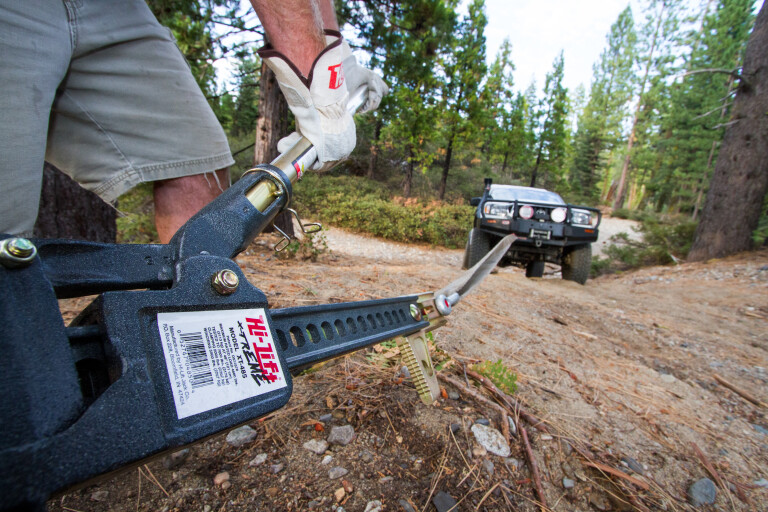
High-lift jacks are pretty unstable and need a bit of muscle power, especially when jacking a fully loaded vehicle. Pro-Quip has a stabiliser system and base plate that makes the high-lift jack safer to use when jacking, while ARB has a range of custom accessories to make the jack safer and more usable in a number of roles. They are worth checking out if the high-lift jack is your preferred piece of jacking equipment.
One thing I noticed when researching for this article is the wide disparity of pricing when it comes to high-lift jacks, with prices ranging from $90 to well over $300, for something that looks very similar. Something used for jacking a vehicle up, itself fraught with danger, demands equipment that is made to the highest standard, which by its very nature would exclude the cheapest brands on the market.
Exhaust jack
Before we move on to some of the later players in the jacking field, we’ll mention exhaust jacks here.
I’ve used a number of brands on numerous occasions and in many different situations. I’ve found they work best in sandy situations, but, even at the best of times, they can be fiddly and frustrating.

You need to be very careful where you fit them and what you lay them on as they are easily punctured which results in rapid – very rapid - deflation. Once punctured, they are irreparable and over the years I’ve thrown a number away. In recent times, I’ve basically given up carrying them, even on beach trips, even though I have a near brand-new one in the shed. You’ll pay $250 and up for a quality exhaust jack, but are they really worth it?
ARB jack
That brings us to some of the later players in the jacking arena … and the most expensive.
A few years back ARB came out with its jacking masterpiece, simply called, Jack, when it released its all-new hydraulic version of what is essentially a high-lift jack. With a body made from aircraft-grade T6 aluminium, this unit is capable of lifting two tonnes from a minimum lift height of 160mm to a maximum height of over a metre.
The all-up weight of Jack is 10.5kg, while the hydraulics allow easy and controllable lifting and lowering without many of the hassles or dangers lurking with a normal high-lift jack. Still, to make it more stable on rough ground, there is a plastic jack base to suit it and, once again, like any high-lift jack, you really require side rails, bullbars, etc, to make the most of its capability.
Camping Buyers' Guides
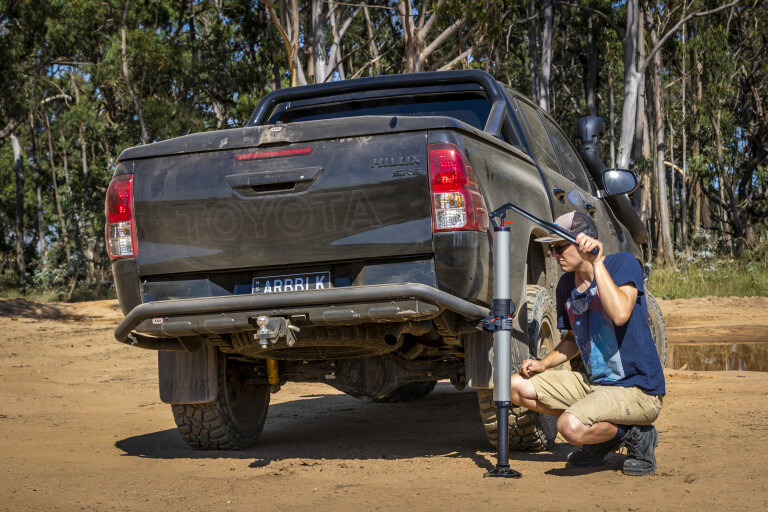
When I first saw this unit, priced at over $1000, I was sceptical about how good it could be and whether I’d trade my old high-lift for it.
Over the last four months, I’ve been away with my son on his Moon Toursa expeditions wandering the Simpson Desert, Central Australia, the western deserts and Cape York, and we’ve used Jack quite a few times in different situations. I’m now impressed with its ease of use, its jacking ability, the amount of control you have when lifting and lowering, along with its inherent safety compared to a normal high-lift jack. Is it worth its grand price tag? I’ve gotta say, yes!
Pro Eagle trolley jack
The last jack is the trolley jack from Pro Eagle Australia. I’d never heard of one of these units until one of Trent’s clients rolled one out for a repair job on his Cruiser while on our Cape York jaunt.
Now don’t compare the Pro Eagle with your normal trolley jack from Autobarn or Supercheap, which I have a couple in my shed. Some (many) years ago, we took one of these trolley jacks on an off-road trip, but they were so difficult to handle they never went on another.
The Pro Eagle is a different can of capabilities. Made in the good ol’ US of A, it exudes precision and quality and comes in three different models and lifting capabilities up to three-tonne; I bought the big-un. Priced at just under a grand for this top-of-the-line model, it’s not cheap and if you need a custom mounting kit, or the tool kit (aka, a wheel-nut socket set) you’ll add a few more hundred to the bill. If there is a drawback to the Pro Eagle, it is its weight, with the three-tonne unit I have weighing in at 27kg.
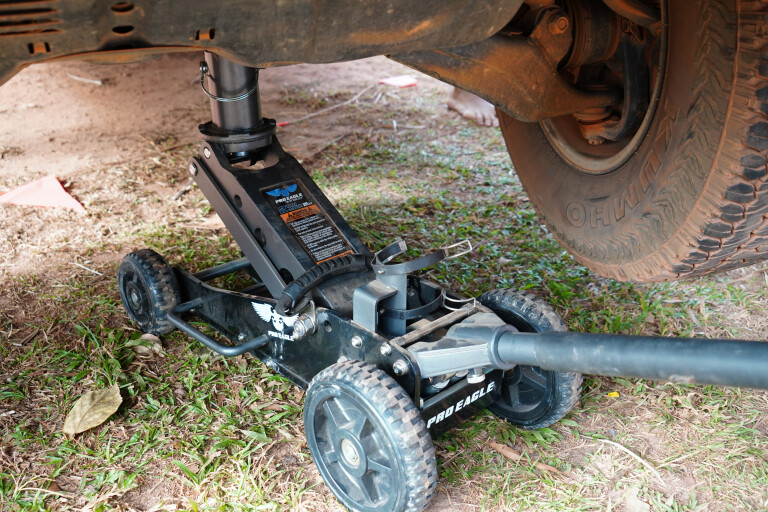
The Pro Eagle, though, is designed for off-road work and its big wheels make it easy to use in rough terrain, while its belly plate gives it a huge flat base that doesn’t sink in to sand or mud, even if the wheels tend to. It makes lifting, even the back end of my Patrol or a 2500 Ram, a cinch, and it can slip under an axle even easier than any of my bottle jacks – and lift the vehicle higher. The Pro Eagle comes with a standard eight-inch extension for those vehicles that sit on portals or the like.
The lifting and the lowering of the jack, even when fully loaded, is easy and well-controlled with the hydraulics. What is also a great safety point is that, even when it’s at its highest jacking position, it is much more stable than any of the units mentioned earlier.
As a relative newcomer to the Aussie market, my survey only turned up a couple of people who have the Pro Eagle jack, but, like me, they are rapt in the unit, its capability and how easy they are to use.
Finally, whenever and with whatever jack you are using, make sure you play it safe (see below for safety tips). The last thing you need is a jack slipping and falling and hurting or trapping someone!
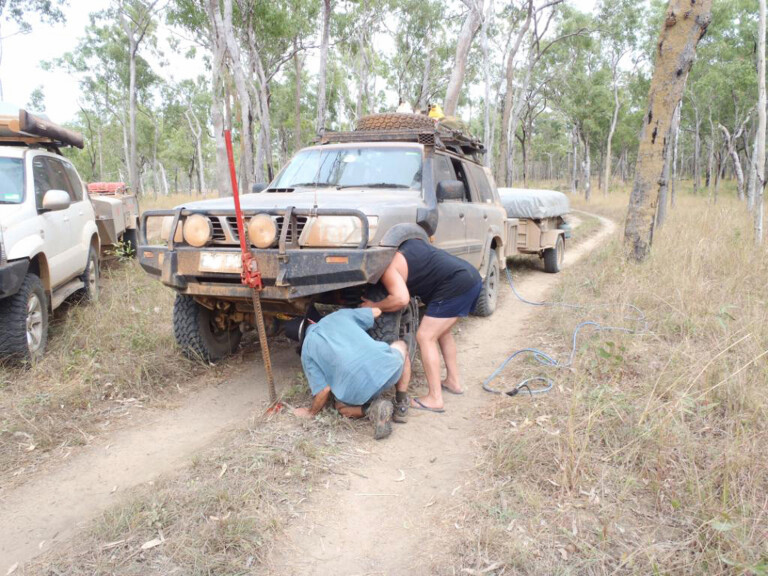
10 steps to minimise the risks
Research by the ACCC has shown that more than 120 Australians have died as a result of DIY car maintenance accidents in the last 20 years, while hundreds have been hospitalised due to injuries.
Most of these incidents happen when working under a vehicle and using gear incorrectly, with many of the fatalities involving vehicle jacks.
The risks of jacking and working under a vehicle in the bush and on uneven surfaces are greatly increased, so you need to take extra care.
- Never get under a car that is only supported by a jack.
- Always place safety stands, or at the very least, a spare tyre under the axle or chassis.
- Apply the handbrake, with the vehicle in gear or Park.
- Always ‘chock’ the wheels on a raised vehicle.
- Never place any part of your body under a vehicle unless it is sitting securely on some form of safety stand.
- Never allow a person or pet to remain in the vehicle.
- Never exceed the weight capacity of the jack.
- On sand, mud or soft surfaces, use a jacking plate.
- Always perform jacking, where possible, on steady ground. If on rocky, rough ground, level the ground before placing the jacking plate and jack in position.
- If using makeshift supports in the bush, such as blocks of wood, rocks or a spare tyre, be extremely careful and ensure their stability.



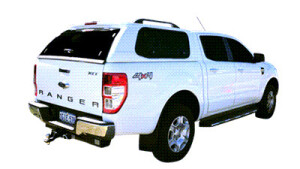
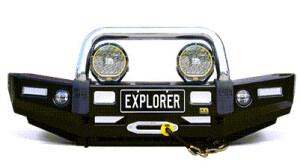


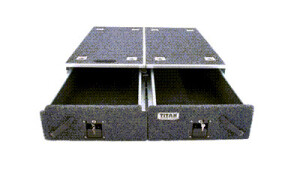
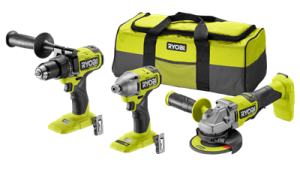
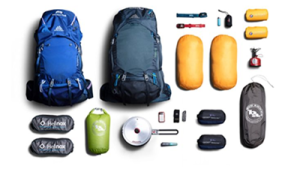

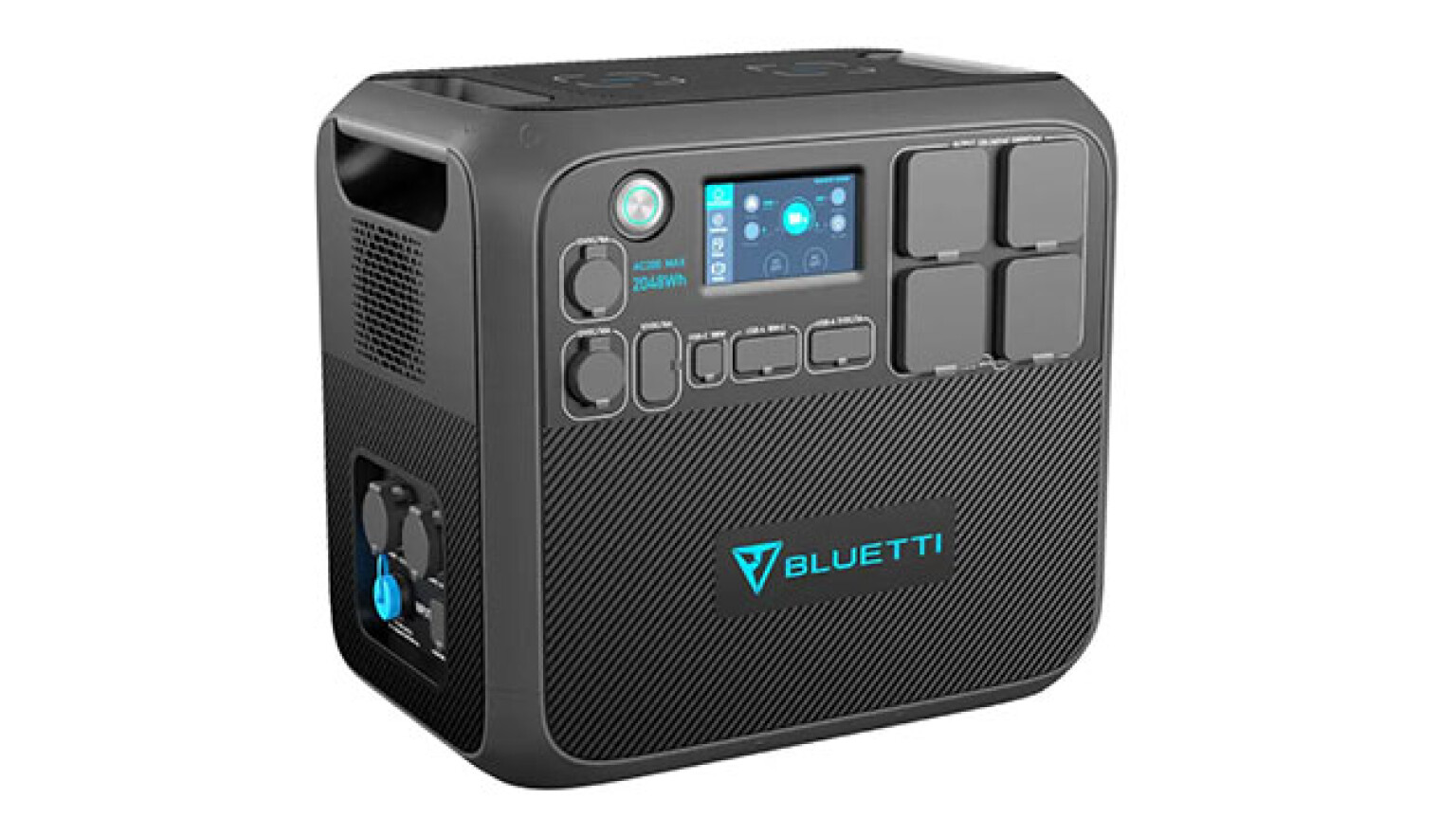
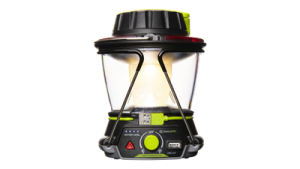

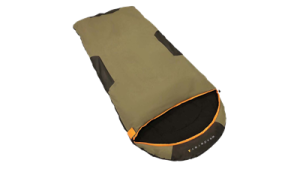

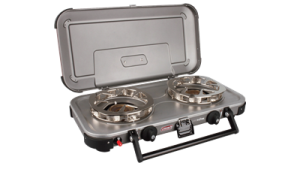



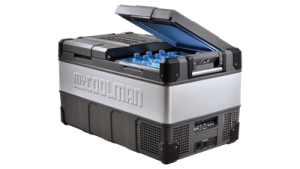
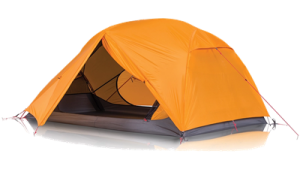
COMMENTS